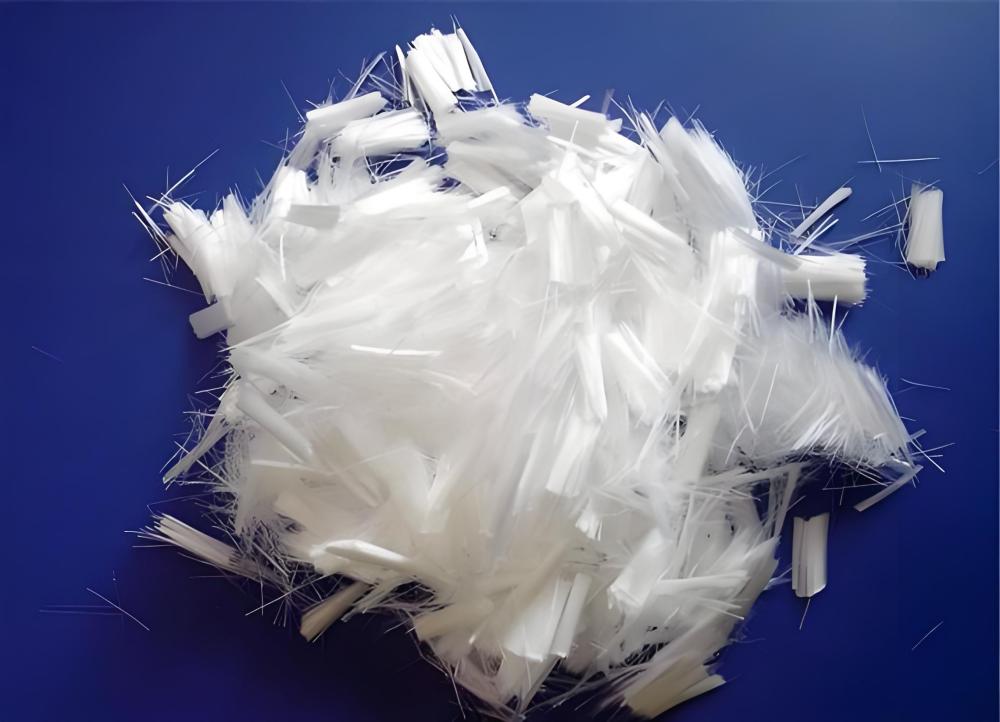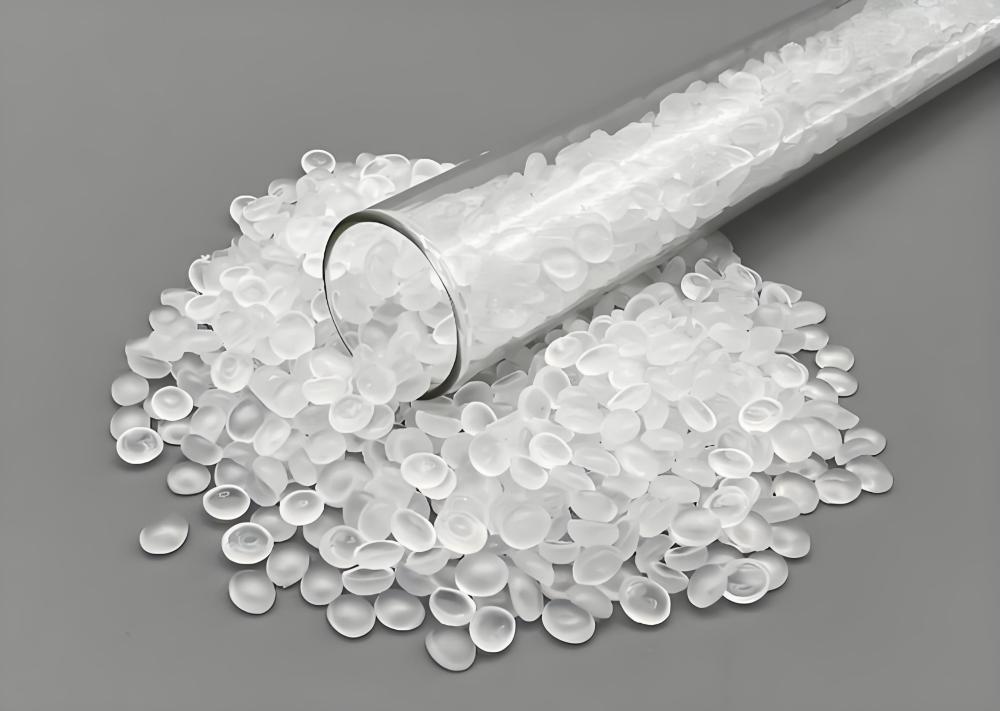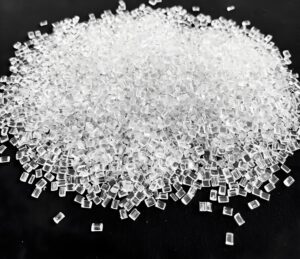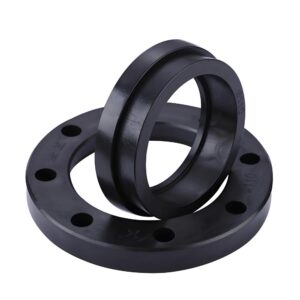What is Polypropylene?
Polypropylene (commonly abbreviated as PP) is a thermoplastic polymer that has become indispensable in today’s industrial landscape. First introduced commercially in the 1950s, it quickly gained traction because of its low density, high chemical resistance, and cost efficiency. Over the decades, it has moved far beyond being just another plastic—today, polypropylene underpins entire industries, from food packaging to advanced automotive design.

Unlike polyethylene, which is another widely used polyolefin, polypropylene offers greater stiffness and higher melting temperature, making it more suitable for applications where both durability and form stability are critical. Engineers and manufacturers appreciate PP not just for its performance but also for its adaptability to modern processing methods like injection molding, extrusion, and blow molding.
What Are Types of Polypropylene?
Polypropylene is not a single product but a family of materials, each fine-tuned for specific applications. Understanding the distinctions helps businesses choose the right grade for their needs.
Homopolymer Polypropylene
This base form is made entirely of propylene units. Its excellent tensile strength and stiffness make it a go-to for textile fibers, industrial piping, and rigid packaging. For example, woven polypropylene sacks dominate the agricultural sector for grain and fertilizer storage due to their resilience.
Random Copolymer Polypropylene
By incorporating small amounts of ethylene during polymerization, this type achieves improved transparency and impact resistance. It finds its niche in medical devices, clear packaging, and laboratory containers where aesthetics and sterilization are important.
Block Copolymer Polypropylene
Here, higher ethylene content produces a tougher, more impact-resistant material. Automotive manufacturers rely heavily on block copolymers for battery casings, bumpers, and under-the-hood components because of their ability to withstand mechanical stress at low temperatures.
Expanded Polypropylene (EPP)
This lightweight foam variant has surged in popularity. Automotive crash absorbers, protective sports gear, and high-performance insulation panels all use EPP for its combination of low weight and energy absorption. The rise of electric vehicles, where lightweighting is paramount, is expected to boost EPP demand significantly.
How is Polypropylene Made?
The journey of polypropylene begins with propylene monomer, a byproduct of petroleum refining and natural gas processing. Using catalysts like Ziegler-Natta or metallocenes, manufacturers initiate polymerization that links these monomers into long molecular chains.
Once the polymer is formed, it undergoes pelletizing and can then be shaped into products through methods such as:
- Injection molding – Used to produce complex geometries like bottle caps, medical syringes, and automotive trims.
- Blow molding – Suited for hollow containers such as water bottles and detergent bottles.
- Film extrusion – Produces thin films for food packaging, labeling, and industrial wraps.
- Fiber spinning – Transforms PP into nonwoven fabrics used in face masks, disposable gowns, and geotextiles.
The adaptability of these processes has made polypropylene a cornerstone in both mass production and precision manufacturing
What is Polypropylene Used For?

Few materials match polypropylene’s reach across industries.
Packaging and Consumer Goods
From snack wrappers to reusable storage containers, PP’s low moisture absorption and food safety compliance keep it central in the packaging sector. In fact, many supermarket shelves would look empty without polypropylene films and rigid containers.
Automotive Industry
Lightweighting is a top priority for vehicle manufacturers aiming to reduce emissions. Replacing metal with polypropylene in dashboards, trims, and bumpers saves weight without compromising durability. With electric vehicles pushing for efficiency, the reliance on PP and EPP foams is only expected to grow.
Healthcare and Medical Applications
Sterile environments demand materials that withstand repeated cleaning and sterilization. Random copolymer polypropylene is widely used in IV bottles, laboratory vials, and surgical disposables. The COVID-19 pandemic also highlighted its role in melt-blown nonwovens for protective masks.
Construction and Infrastructure
In building projects, polypropylene pipes and sheets provide corrosion resistance, chemical durability, and cost savings. Geotextiles made of PP reinforce soil structures, prevent erosion, and support road construction in challenging terrains.
Textile Industry
Polypropylene fibers are used in carpets, upholstery, ropes, and sportswear. They are valued for being lightweight, quick-drying, and resistant to mildew.
Advantages and Challenges of Polypropylene
Advantages
- Lightweight: Its density is lower than water, offering efficiency in transport and handling.
- Chemical Resistance: Stands up to acids, alkalis, and solvents better than many plastics.
- Cost-Effective: An economical choice compared to engineering plastics.
- Process Flexibility: Adaptable to multiple shaping technologies.
- Recyclability: Identified by resin code #5, PP can re-enter the production cycle when properly collected.
Challenges
- Heat Sensitivity: Its relatively low melting point (around 160–170°C) restricts high-temperature applications.
- UV Vulnerability: Without stabilizers, PP can degrade under prolonged sunlight exposure.
- Flammability: Polypropylene ignites easily, though flame retardant grades are available.
- Recycling Limitations: While recyclable, global recycling infrastructure for PP lags behind PET and HDPE.
Looking Ahead: The Future of Polypropylene
As industries pivot toward sustainability, polypropylene stands at a crossroads. On one hand, its recyclability and lightweighting benefits make it attractive for reducing carbon footprints. On the other, the challenge of plastic waste management highlights the urgent need for circular solutions, such as advanced recycling technologies and biodegradable composites.
In the coming decade, innovations like bio-based propylene feedstocks and closed-loop recycling systems may redefine polypropylene’s environmental profile, ensuring it remains a key material in a greener economy.
Conclusion
Polypropylene has evolved from a commodity plastic into a strategic industrial material. Its balance of performance, affordability, and adaptability ensures its dominance in packaging, automotive, healthcare, and beyond. Still, the future success of PP hinges on how effectively industries manage recycling and integrate sustainable practices.
At precionn, precision machining expertise ensures that complex parts—whether in metal or polymer—meet the high standards demanded by international clients. By working with versatile materials like polypropylene, precionn continues to deliver reliable, high-quality solutions for industries worldwide.




